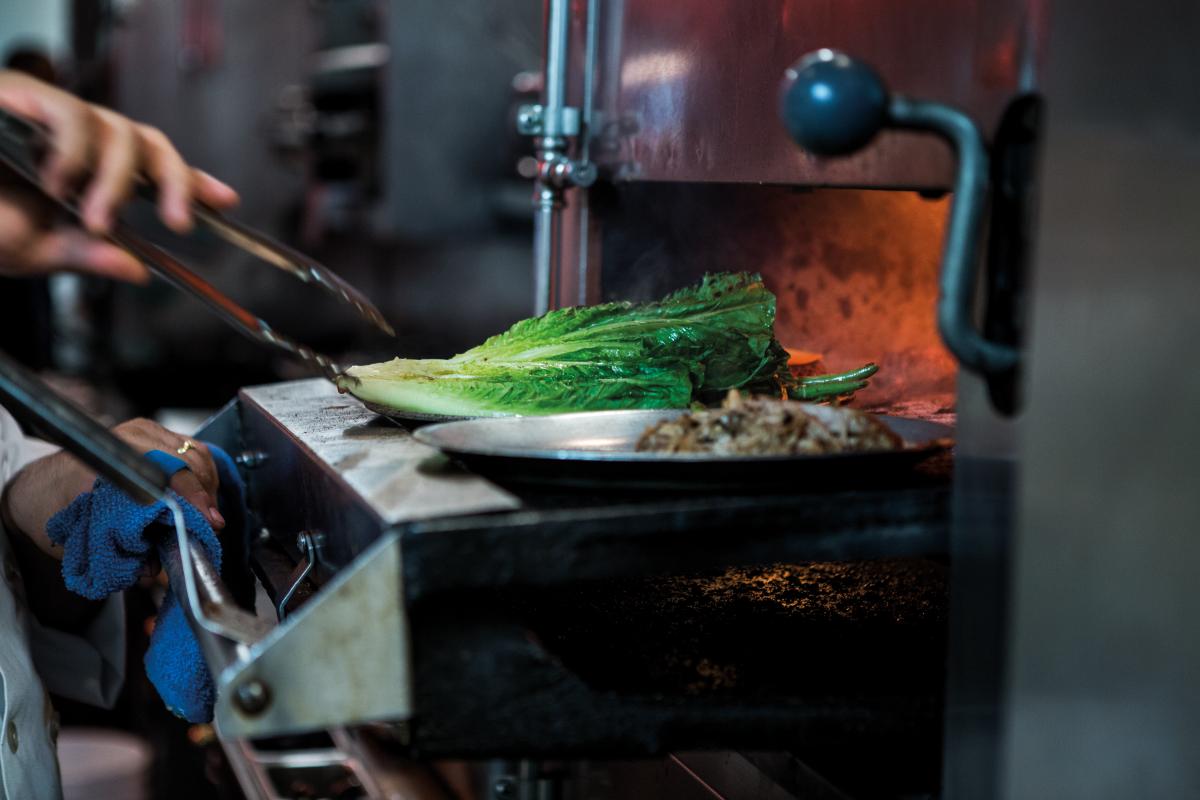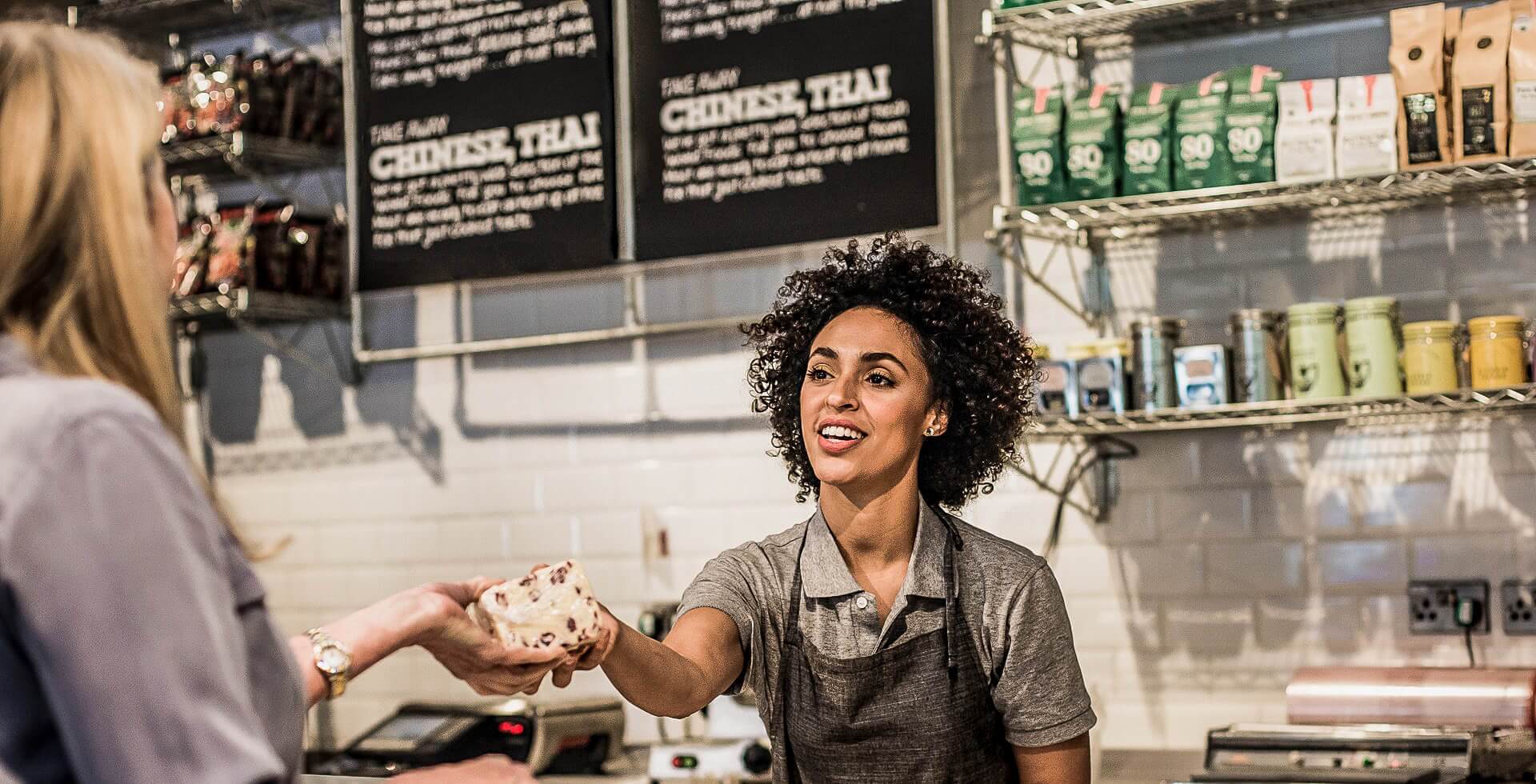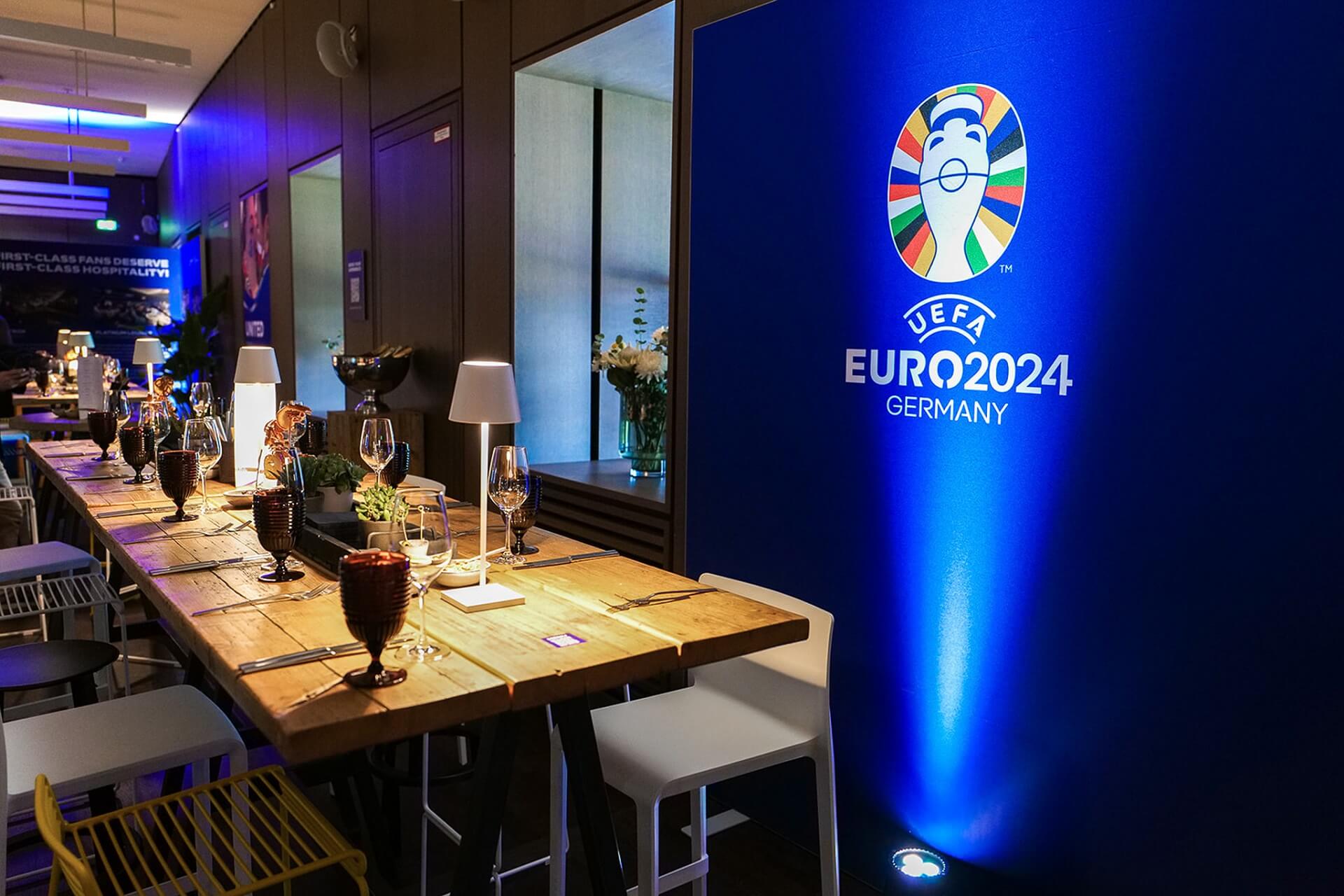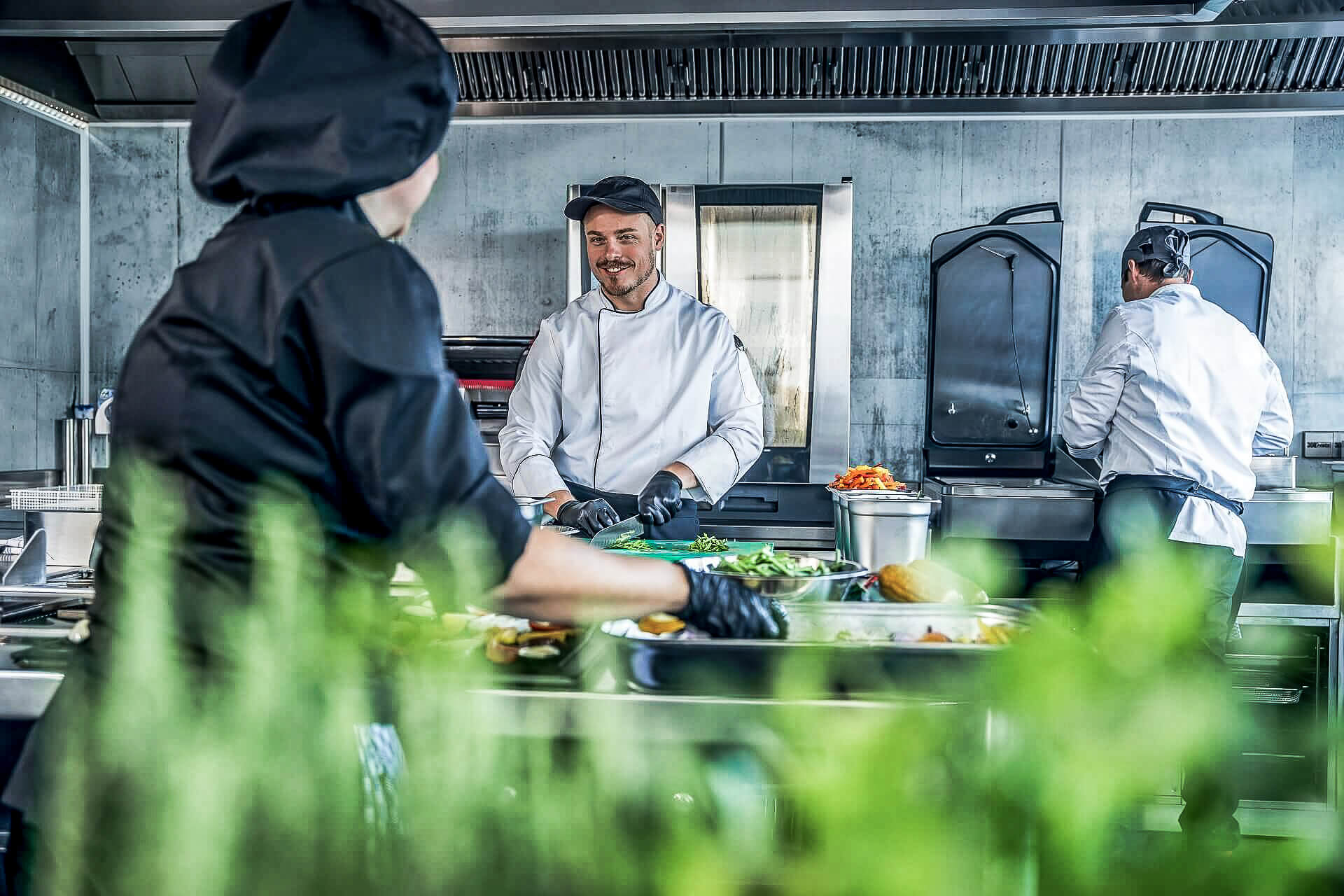Consumers are asking more and more questions about restaurants’ sustainability credentials: How far has this meat travelled to get to my plate? How much energy was used to cook it? How will it be packaged if I want to take it home with me?
And while big strides have been made in the last couple of years in reducing the industry’s carbon footprint – particularly on the plastic packaging front – most operators are still largely in the dark about what really constitutes a sustainable dish as well as how to promote their increasingly planet-friendly menus.

Sustainability on the menu | Image: KTCHNrebel
Lack of knowledge about food sustainability
Indeed, according to a recent survey by Norway-based sustainability consultancy IntoFood, 95% of chefs report a need for more knowledge about food sustainability. Respondents also said better understanding of the impact food systems have on climate change, deforestation, protecting our oceans, biodiversity and food waste is needed.
IntoFood founder Will Nicholson is working to address this knowledge gap by helping foodservice businesses understand their menus’ carbon footprints at an individual ingredient level.
Although there’s a huge amount of variation within foodservice – a burger joint will almost always have a higher environmental impact than a vegan restaurant, for example – there are some principles that can be applied to every sort of operation.
In a nutshell, as he explains on his website:
Environmental Impact = (Menus x Sales) + Waste
He also notes that the great thing about this approach is that operators can easily measure these leverage points – what ingredients are being used in recipes, what’s selling and what is being thrown away.
What often surprises operators is that the changes that can make the biggest difference to a menu’s sustainability are not necessarily the ones you would expect.
For example, a TexMex restaurant might offer beef, pork, chicken and mushroom burritos, with 95% of their sales coming from beef, pork and chicken. In this case, putting 25% less meat in the meat burritos could have a much greater impact than selling a few more vegetarian options.
Sustainable menu: small changes with a big impact
Similarly, a staff lunch buffet introducing a meatless Monday could have the same – or a smaller – impact than using 20% less meat from Tuesday to Friday. Plus, if the meatless Monday concept is not effectively communicated to guests, the operation could risk over-producing and creating an unintended waste problem.
Crucially, these sort of non-drastic menu changes not only have a big impact on a business’s sustainability; they also reduce food costs, allowing operators – in theory at least – to invest more in higher quality and more sustainable food products.













Pingback: Trend: Picnic comeback | KTCHNrebel
Pingback: Sustainable gastronomy is a new challenge | KTCHNrebel